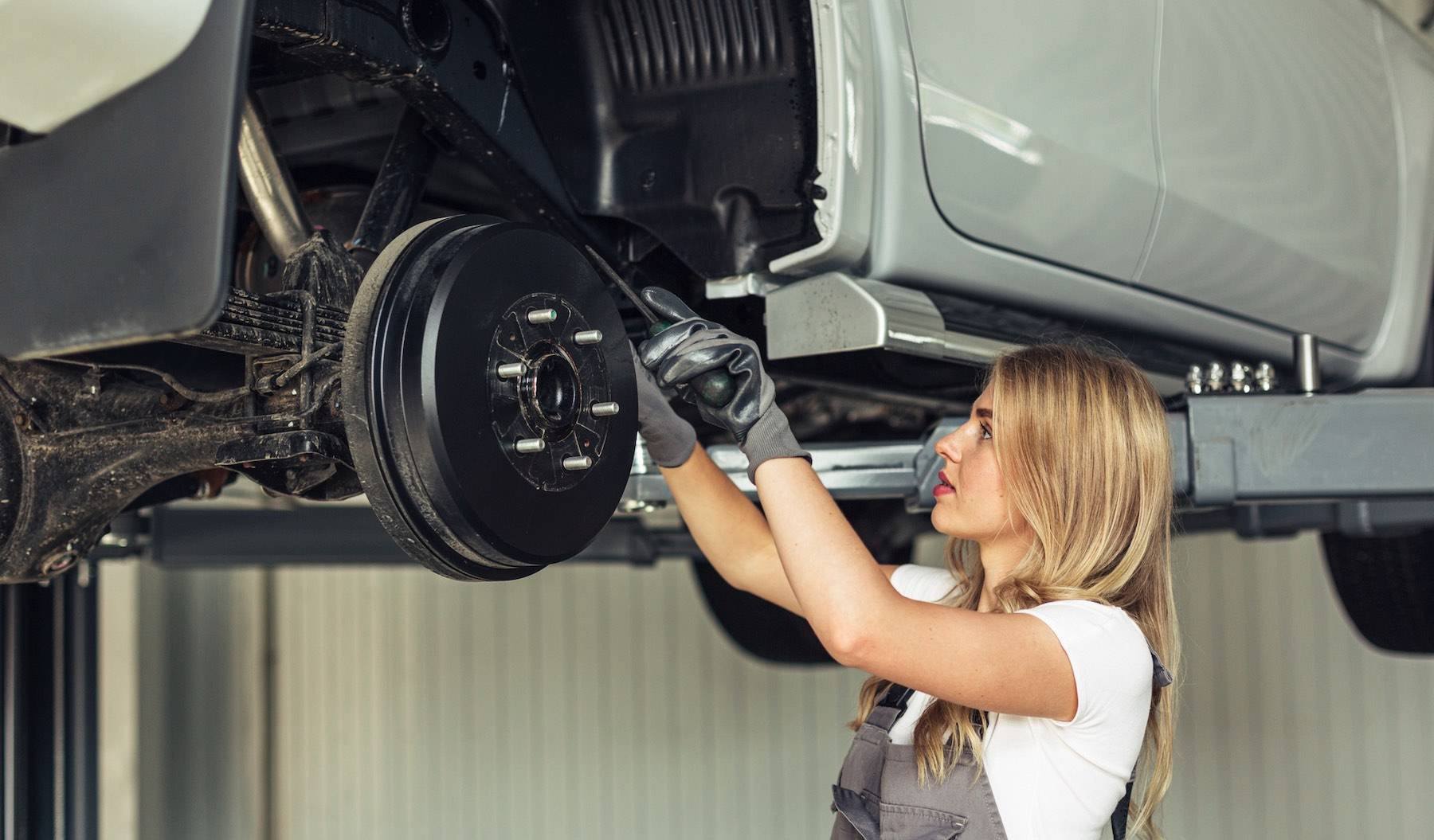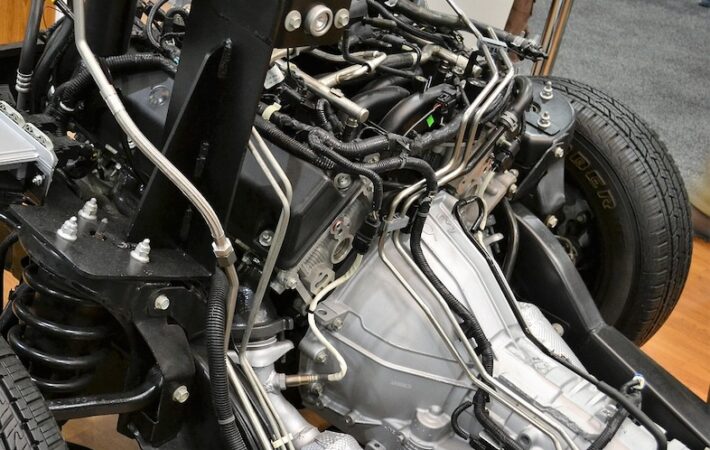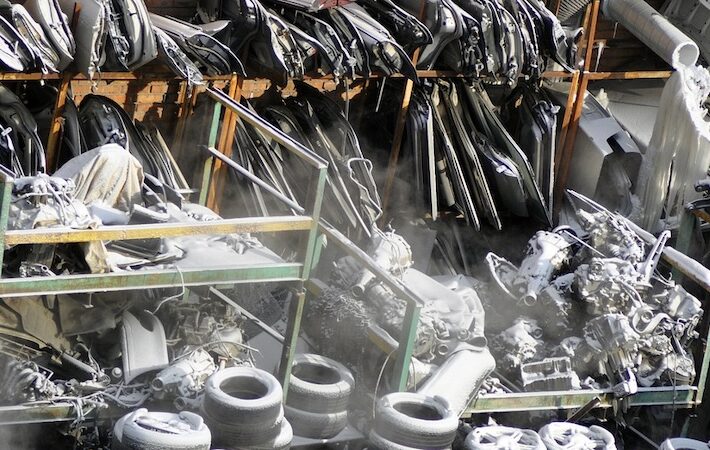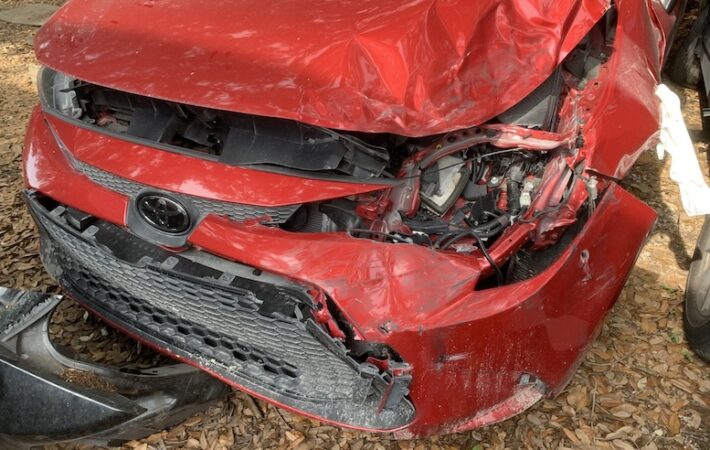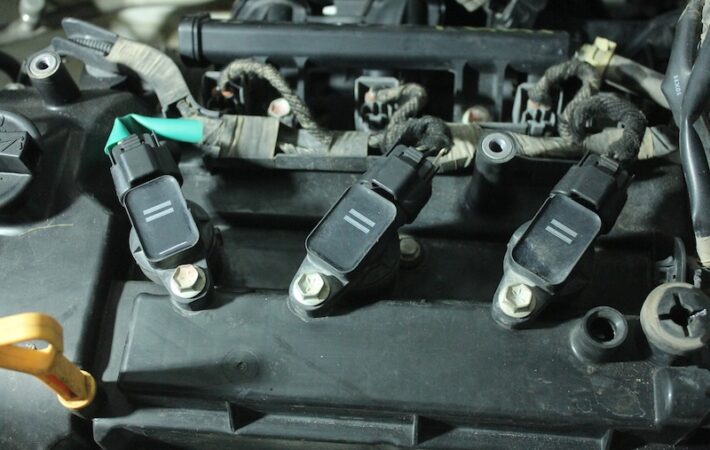The suspension system is an integral part of any vehicle, responsible for ensuring a smooth and comfortable ride, as well as maintaining stability and control. Over time, the suspension components can wear out or become damaged, leading to reduced performance and safety hazards. Regular inspection and maintenance of your car’s suspension system are essential to keep it in optimal condition. In this article, we will guide you through the process of checking and maintaining your car’s suspension, providing you with the necessary knowledge to ensure a safe and enjoyable driving experience.
Understanding the Suspension System: Before diving into the maintenance procedures, it’s important to understand the key components of your car’s suspension system. The suspension system consists of various parts, including shocks or struts, springs, control arms, bushings, and sway bars. Each component plays a vital role in supporting the vehicle’s weight, absorbing road impacts, and maintaining tire contact with the road surface. By comprehending the functions of these parts, you can better identify potential issues and conduct effective maintenance.
Visual Inspection: The first step in checking your car’s suspension is to visually inspect the components. Start by examining the shocks or struts for signs of leakage, such as oil stains or wetness around the seals. Any leakage indicates a damaged or worn-out shock absorber or strut and should be addressed promptly. Additionally, inspect the control arms, bushings, and sway bars for cracks, excessive wear, or damage. Look for any loose or missing bolts and ensure that all suspension components are securely attached.
Tire Wear and Alignment: Tire wear patterns can provide valuable insights into the condition of your car’s suspension. Irregular tire wear, such as excessive wear on one side or in the center, may indicate misalignment or worn-out suspension components. If you notice uneven tire wear, it’s crucial to have your car’s alignment checked by a professional. Proper alignment not only extends the lifespan of your tires but also ensures optimal handling and performance. Additionally, make it a habit to regularly inspect your tires for proper inflation, as underinflated or overinflated tires can negatively affect suspension performance.
Suspension Performance Test: To assess the performance of your suspension system, you can conduct a simple bounce test. Park your car on a level surface and press down firmly on each corner, then release. The car should rebound smoothly and settle back into its original position without excessive bouncing or swaying. Excessive bouncing indicates worn-out shocks or struts, while excessive swaying may suggest worn-out sway bar links or bushings. If you notice any abnormal behavior during the bounce test, it’s advisable to have a professional mechanic inspect and replace the faulty components.
Regular Maintenance: To maintain your car’s suspension system in optimal condition, regular maintenance is crucial. Follow the manufacturer’s recommended maintenance schedule for your specific vehicle, which typically includes periodic inspections and replacements. It’s essential to replace worn-out shocks or struts promptly, as they greatly impact the overall ride quality and stability of your vehicle. Additionally, ensure that all suspension components are properly lubricated and tightened according to the manufacturer’s specifications. Regularly clean and inspect the control arms, bushings, and sway bars for any signs of damage or wear, and replace them as needed.
Taking care of your car’s suspension system is vital for a safe and comfortable driving experience. By understanding the key components and performing regular inspections, you can identify potential issues and address them before they become major problems. Remember to visually inspect the suspension components, monitor tire wear and alignment, conduct suspension performance tests, and adhere to the manufacturer’s maintenance schedule. If you’re unsure about any aspect of your car’s suspension, it’s always recommended to consult a professional mechanic.

